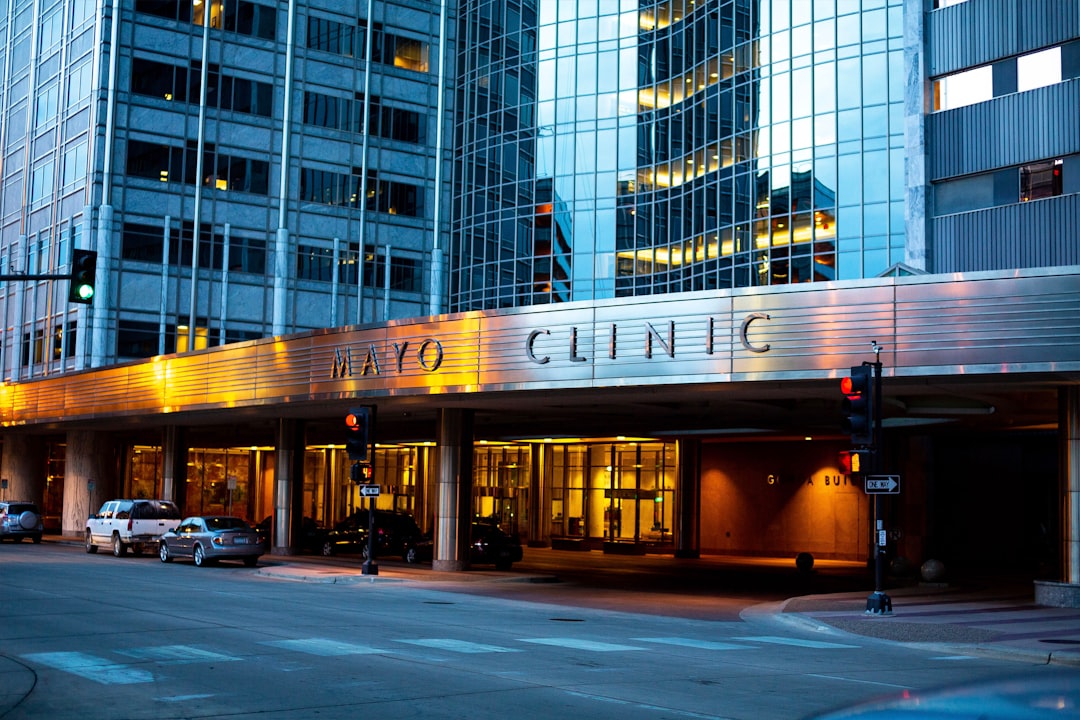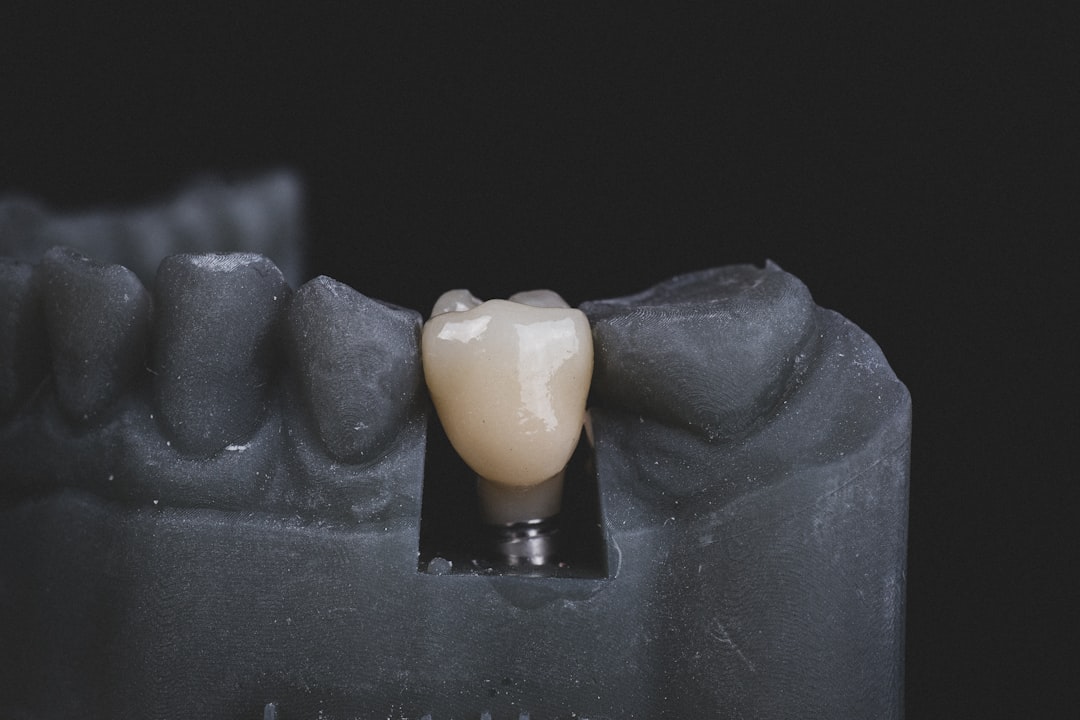What is it about?
Twenty five doses of radiotherapy are often given to the whole breast after surgical removal of the tumor to eliminate remaining cancer cells. We showed that exposure of human breast fat to therapeutic doses of radiation caused inflammation and the production of an enzyme called autotaxin. Autotaxin produces a compound called LPA, which protect cancer cells against radiation-induced damage. LPA also promotes the production of scar tissue, a serious side effect of radiotherapy. Therefore, blocking this inflammation and the production of LPA during radiotherapy could improve the efficiency of the radiation therapy and decrease the formation of scar tissue.
Featured Image
Why is it important?
Our work provides information that blocking the effects of radiation in increasing the effects of autotaxin and thereby the production of LPA could provide a novel strategy for improving the effectiveness of radiotherapy for breast cancer. This strategy could also decrease the side effects of radiation in stimulating scar tissue formation.
Perspectives
Therapies that block autotaxin activity or signaling by LPA are in clinical trials for other applications. Our groups aims to demonstrate that these approaches can also provide novel approaches to improve the effectiveness of radiation therapy.
Dr David N Brindley
University of Alberta
Read the Original
This page is a summary of: Implications for breast cancer treatment from increased autotaxin production in adipose tissue after radiotherapy, The FASEB Journal, May 2017, Federation of American Societies For Experimental Biology (FASEB),
DOI: 10.1096/fj.201700159r.
You can read the full text:
Contributors
The following have contributed to this page










